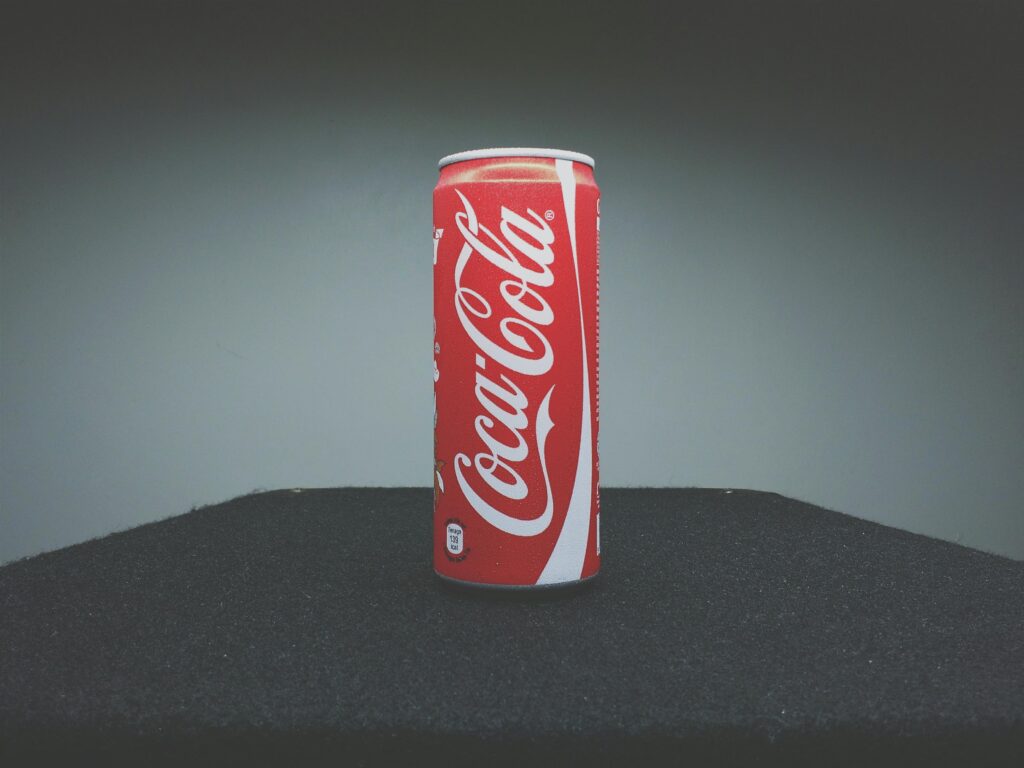So, you finally submitted your trademark application. You thought the hard part was over.
But just when you were imagining your brand with a shiny ® symbol, you receive an “Examination Report.” Inside it: a legal-sounding document that says your application has been “objected to.” That moment is frustrating, but it’s actually more common than most people think—and very fixable.
A trademark objection is not a rejection. It’s just a formal concern raised by the Trademark Examiner during the process of evaluating your application. In India, this is governed under the Trademarks Act, 1999, mainly through Section 9 and Section 11.
Section 9 deals with what are called “absolute grounds for refusal.” This includes marks that are too generic, descriptive, or incapable of distinguishing one product from another. For example, trying to trademark the word “Milk” for a dairy business will likely be objected to under this section because the word is common and directly refers to the product.
Section 11 deals with “relative grounds for refusal.” This happens when your mark is considered too similar to an existing registered or pending trademark. The Registrar is concerned that it might confuse the public or dilute the identity of an already protected brand. So if someone has already applied for “QuickKart” in the logistics sector, your attempt to register “QuickCart” might raise eyebrows.
There are also procedural or formal objections. These are less about the mark itself and more about how you’ve applied. Maybe your classification of goods is incorrect. Maybe some documents are missing or the Power of Attorney hasn’t been filed properly.
Here’s a brief breakdown of common reasons your trademark might face an objection:
| Ground for Objection | What It Means in Simple Terms |
| Descriptive or Generic Mark | Common word; no unique identity |
| Similar to Existing Trademark | Might confuse consumers or overlap with other brands |
| Incorrect Goods Classification | Filed under the wrong category or class of goods/services |
| Lack of Distinctiveness | Can’t clearly separate your brand from others |
| Missing Documents | POA, user affidavit, or basic filings not attached |
Many people file trademarks without legal help. Here’s a guide on how to register a trademark in India without hiring a lawyer.
When an objection is raised, it is communicated through an Examination Report, which is available for download from the IP India website. From the date of issuance, you typically have 30 days to respond. This period is crucial. If you don’t respond within this time, the application is considered abandoned—not rejected, just left incomplete, and as good as gone.
The key to handling a trademark objection is to understand the reason behind it and respond with supporting documents, facts, and legal reasoning.
Getting a trademark isn’t always smooth, but it’s not a courtroom battle either. Think of it as a detailed conversation with the trademark office—one that requires you to be precise, polite, and a little prepared.
Once you receive an examination report, the next step is to prepare and submit a written reply addressing each objection raised by the Trademark Examiner. This reply should be filed within 30 days from the date the report is made available online. Missing this deadline means your application may be treated as abandoned, and you’ll have to start the process all over again.
To begin, download the examination report from the official IP India website using your application number. Read it carefully and try to identify under which section the objection falls—Section 9 for descriptive or generic terms, or Section 11 for similarity with existing trademarks. Sometimes, both sections are cited.
The reply is filed online using the trademark e-filing system, generally through Form MIS-R, though the form itself is not named in the reply. It’s not a form you fill like a questionnaire; rather, it is a document where you draft your arguments, attach necessary evidence, and submit it in one compiled response.
Here’s a general sense of what a proper objection reply should contain:
| Component | Description |
| Introductory Statement | Basic details about the mark and application |
| Point-wise Reply | Paragraph-wise response to each objection in the report |
| Legal Arguments | References to past case law or principles from the Trademarks Act |
| Proof of Usage (if applicable) | Invoices, advertisements, brochures, website screenshots |
| Declaration & Index | Statement of truth, followed by a list of attached documents |
Social media misuse is tricky. Here’s how to stop others from using your trademark online—especially on platforms like Instagram or Facebook.
If your mark is objected under Section 11, the focus should be on showing how your trademark is distinct in sound, appearance, or concept compared to the cited mark. If the objection is under Section 9, you may argue acquired distinctiveness, supported by proof of extensive usage, brand recognition, or consumer association.
Everything from formatting to clarity matters. The reply should be written in plain language with calm, firm reasoning—no emotional appeals or aggressive rebuttals. If submitted correctly and accepted, your application moves to the next stage: advertisement in the Trademark Journal. If the Registry is not satisfied, they may schedule a Show Cause Hearing, where further arguments can be presented orally or with additional documents.
In short, your objection reply is your chance to clarify your mark’s purpose, identity, and originality. Getting it right doesn’t require high drama or legal jargon—it just needs careful preparation, logical reasoning, and timely action.
FAQs
1. What is a trademark objection?
It’s a preliminary concern raised by the Trademark Office during examination, usually based on similarity with existing marks or lack of distinctiveness.
2. How much time do I have to reply to a trademark objection?
You have 30 days from the date of receiving the Examination Report to file a reply.
3. Can I reply to a trademark objection myself?
Yes, but it’s advisable to consult a trademark professional to ensure your reply is well-drafted and complete with supporting evidence.
4. What happens after I file the objection reply?
If the reply is accepted, the application proceeds to advertisement. If not, a Show Cause Hearing may be scheduled.
5. What documents are needed to reply to a trademark objection?
You may need usage evidence like invoices, brochures, ads, packaging images, and a point-wise reply with legal reasoning.
If you’re planning to trademark your name or a catchy line, this article on personal names and slogans as trademarks will help you decide.



